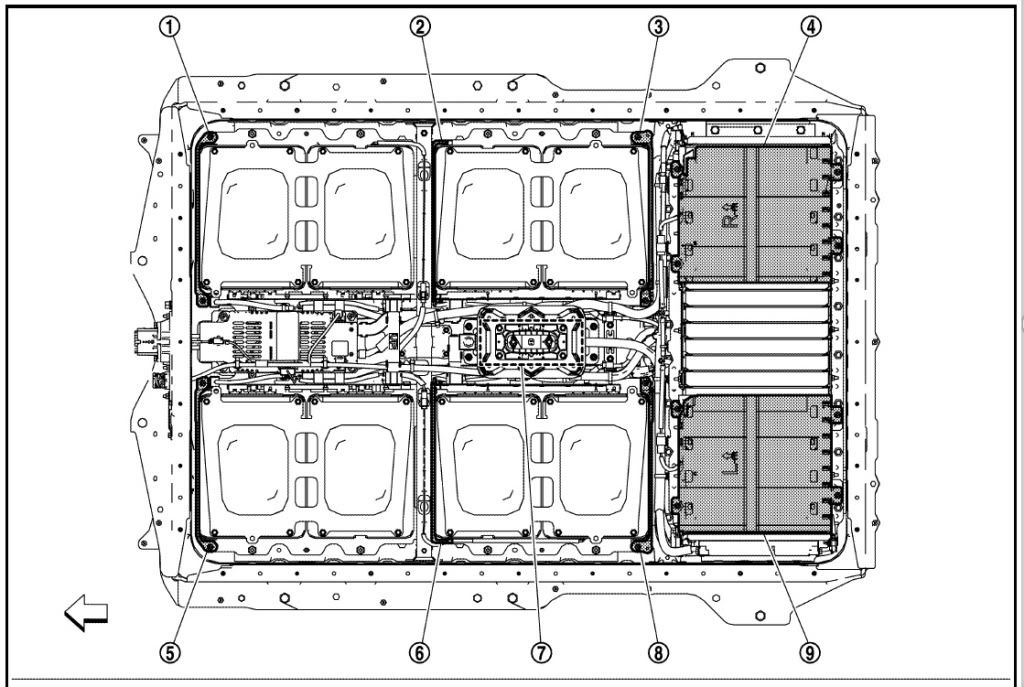EVDRIVER said:
That's because there is no fan. I looked at every part in the pack and I don't see why people think there is a fan. To distribute the air properly there would need to be several, not one.
I don't know about anyone else, but I think there is a fan because a few years ago at a conference Nissan said there was. :lol: I remember that the explanation was that the purpose was not to cool but to keep the temperature throughout the pack even so as to ensure better cell balancing. Could the fan be external?
Note that Siry had the same understanding and he clearly spent time interviewing folks from Nissan: "Nissan has opted to use only an internal fan that circulates the air within the sealed pack to evenly distribute the heat, which escapes by passive radiation through the pack’s external case."
No fan makes it more interesting.

